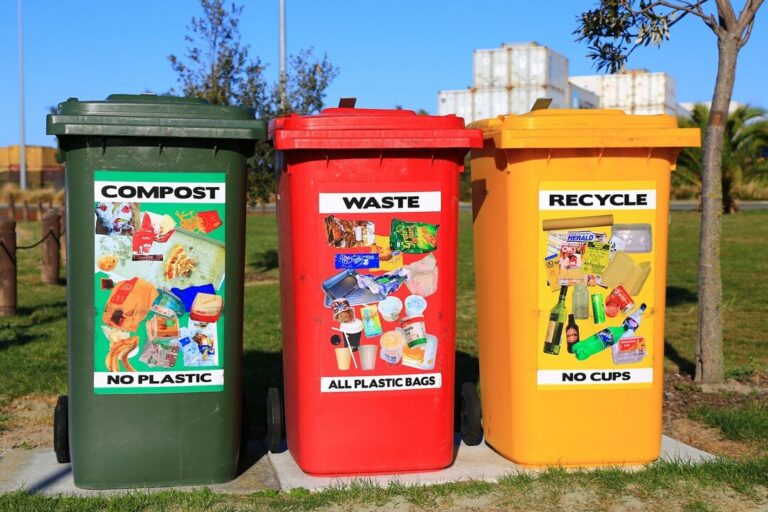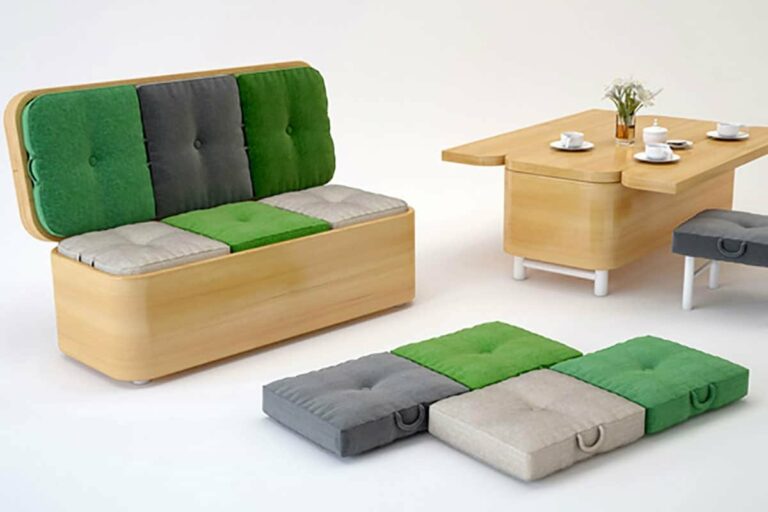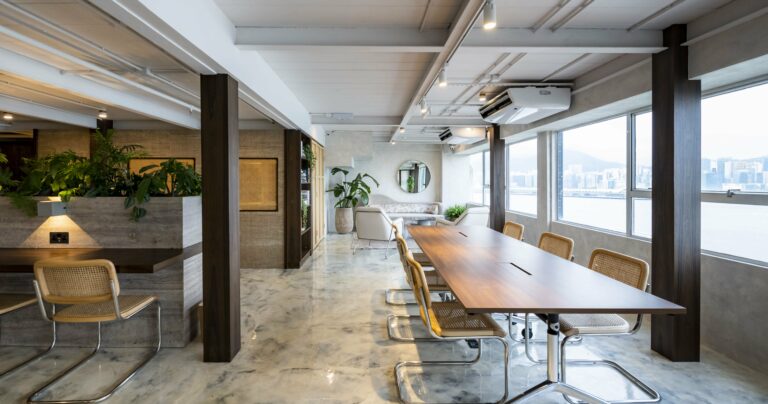Eco-Friendly Furniture That Is Resistant to Fading and Discoloration
Today we discuss Eco-Friendly Furniture That Is Resistant to Fading and Discoloration. If you’re in search of sustainable furniture that is both eco-friendly and resistant to fading and discoloration, you’ve come to the right place!
This article provides useful tips to help you discover the perfect eco-conscious furniture that will maintain its color vibrancy over time.
While it may seem challenging to find furniture that meets your style preferences, durability requirements, and environmental standards, with the right guidance, the process can be made easier.
Stay tuned for expert advice and practical insights on how to choose eco-friendly furniture that will resist fading and discoloration.
Eco-Friendly Furniture That Is Resistant to Fading and Discoloration:
As eco-conscious living gains more traction, the demand for sustainable furniture is on the rise. Ensuring that furniture maintains its vibrant colors over time is crucial when making a choice. This article delves into finding eco-friendly furniture that resists fading and discoloration, covering materials, production methods, and maintenance tips to help you make a well-informed decision.
Why Fade Resistance Matters:
Furniture that is exposed to sunlight is at risk of fading and discoloration over time. Sunlight contains UV radiation, which breaks down the chemical bonds in dyes and pigments, causing them to fade.
Faded furniture not only loses its aesthetic appeal but also signifies a decrease in its lifespan. By choosing furniture that is resistant to fading, you can ensure that your investment lasts longer and retains its beauty for years to come.
The Importance of Eco-Friendly Furniture
Apart from resisting fading, it is important to take into account the environmental impact of the furniture you select. A lot of traditional furniture choices are crafted from materials that harm the environment, like wood obtained from unsustainable logging methods or synthetic materials that emit harmful chemicals during manufacturing.
Conversely, eco-friendly furniture is constructed from sustainable materials and produced using environmentally conscious techniques. By choosing eco-friendly furniture, you can reduce your carbon footprint and help promote a more sustainable planet.
Choosing Fade-Resistant Materials:
When selecting furniture with fade resistance in mind, it is essential to consider the materials used in its construction. Some materials are naturally more resistant to fading than others. Here are a few options to consider:
1. Sunbrella Fabric
Sunbrella fabric is a popular choice for outdoor furniture due to its exceptional fade resistance. Made from acrylic fibers, this fabric is specifically designed to withstand exposure to sunlight and harsh weather conditions. It is available in a wide range of colors and patterns, making it a versatile option for both indoor and outdoor furniture.
2. Leather
Leather furniture, particularly those made from top-grain or full-grain leather, is known for its resistance to fading. High-quality leather is treated with protective coatings that enhance its durability and prevent color loss. However, it is important to choose leather that is sourced sustainably and processed using eco-friendly methods.
3. Solid Wood
Solid wood furniture, such as those made from oak, teak, or mahogany, can also be a great fade-resistant option. These woods naturally darken and develop a rich patina over time, which can help mask any minor fading. Additionally, solid wood furniture can be refinished if necessary, further extending its lifespan.
Create a Sustainable Buying Criteria
When shopping for eco-friendly furniture that is resistant to fading and discoloration, it helps to establish a set of criteria to guide your decision-making process. Here are some factors to consider:
1. Certifications
Look for furniture that carries recognized certifications such as the Forest Stewardship Council (FSC) certification for wooden furniture or the Global Organic Textile Standard (GOTS) certification for textiles. These certifications ensure that the materials used in the furniture are responsibly sourced and manufactured.
2. Manufacturing Processes
Research the manufacturing processes used by furniture brands to ensure they prioritize sustainability. Look for companies that use low-VOC (volatile organic compounds) or water-based finishes, as they are less likely to release harmful chemicals into the environment. Additionally, seek out brands that prioritize energy-efficient production methods.
3. Recycled and Upcycled Materials
Consider furniture that incorporates recycled or upcycled materials. By giving new life to discarded materials, you not only reduce the demand for new resources but also support the concept of circular economy. Look for furniture made from reclaimed wood, recycled plastic, or repurposed materials.
4. Responsible Packaging
Pay attention to the packaging used by furniture brands. Choose companies that use minimal packaging, preferably made from recyclable or biodegradable materials. Avoid furniture that is excessively wrapped in plastic or other non-recyclable materials.
Maintenance Tips for Fade-Resistant Furniture
Once you have invested in fade-resistant and eco-friendly furniture, it is essential to maintain it properly to prolong its lifespan. Here are some maintenance tips to keep your furniture looking vibrant:
1. Keep Furniture Out of Direct Sunlight
While fade-resistant furniture is designed to withstand sunlight, it is always a good idea to minimize direct exposure whenever possible. Place furniture away from windows or use curtains, blinds, or UV-blocking films to reduce the amount of sunlight reaching the furniture.
2. Clean Regularly
Regular cleaning helps remove dirt, dust, and other particles that can accumulate on furniture and potentially contribute to discoloration. Follow the manufacturer’s guidelines for cleaning and use mild, eco-friendly cleaning solutions whenever possible.
3. Apply Protective Coatings
Consider applying protective coatings recommended by the manufacturer to enhance the fade resistance of your furniture. These coatings act as barriers against UV radiation and help preserve the color and appearance of the furniture.
4. Use Furniture Covers
When not in use, especially for outdoor furniture, consider using covers to protect the furniture from harsh weather conditions and excessive sunlight. Covers can provide an additional layer of protection, ensuring your furniture remains in excellent condition.
Faqs for Eco-Friendly Furniture That Is Resistant to Fading and Discoloration:
Look for furniture made from sustainable materials such as reclaimed wood, bamboo, or FSC-certified wood. These materials are durable and less likely to fade or discolor.
Yes, look for furniture that is certified by organizations such as the Forest Stewardship Council (FSC) or Greenguard. These certifications ensure that the furniture meets specific environmental and safety standards.
Check if the furniture has been treated with UV-resistant finishes or coatings. These provide additional protection against the sun’s rays and help prevent fading and discoloration over time.
Absolutely! Look for outdoor furniture made from materials like recycled plastic or aluminum, which are known for their durability and resistance to fading and discoloration.
Yes, consider the manufacturing process and the furniture’s overall lifespan. Opt for furniture that is made using sustainable and energy-efficient practices, and choose pieces that are built to last, reducing the need for frequent replacements.
Final Thoughts
To find eco-friendly furniture resistant to fading and discoloration, prioritize sustainable materials like bamboo, reclaimed wood, or recycled plastic. Choose items treated with UV protective coatings or natural oils for enhanced durability. Opt for furniture free from harmful chemicals. By following these tips, you can discover durable and environmentally friendly furniture that enhances your space.


